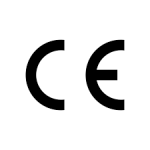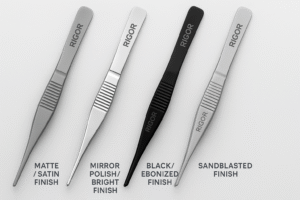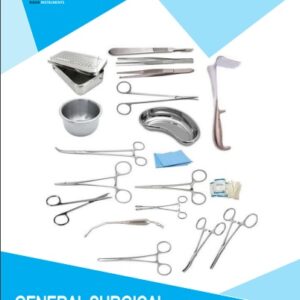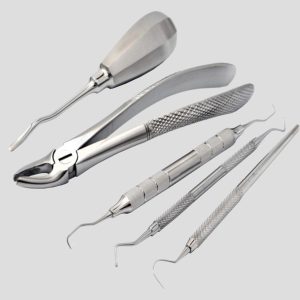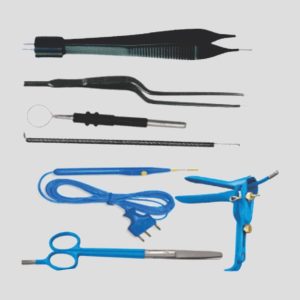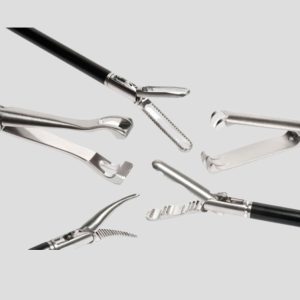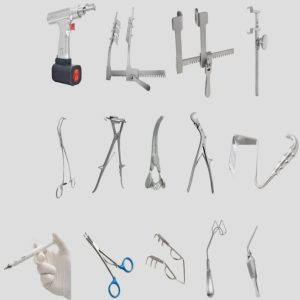Choosing the Right Forceps for Your Surgery Type
Rigor Instruments – Precision You Can Trust. Forceps, one of the most important instruments used in hospitals, exemplify this precision.
Forceps are essential tools in every surgical procedure, but selecting the right type depends on your surgical specialty, tissue type, and required precision. Here’s a breakdown of commonly used forceps and their best applications:
1. Adson Forceps
Best for: Plastic surgery, dermatology, minor wound closure
Features: Fine tips, with or without teeth
Use: Handling delicate skin edges or tissues during suturing.
2. Debakey Forceps
Best for: Cardiovascular, thoracic, general surgery
Features: Atraumatic longitudinal serrations
Use: Grasping delicate vessels and soft tissue without damage.
3. Dressing Forceps
Best for: General procedures, wound care
Features: Serrated tips, blunt ends
Use: Applying or removing dressings, packing wounds.
4. Tissue Forceps (Toothed)
Best for: Orthopedic, general, or OB/GYN surgeries
Features: Teeth for firm grip
Use: Holding thick tissues like fascia or skin.
5. Russian Forceps
Best for: OB/GYN, general surgery
Features: Circular serrated tips
Use: Grasping dense tissues or organs like the uterus.
6. Bayonet Forceps
Best for: ENT, neurosurgery
Features: Angled design
Use: Improved visibility in deep or narrow surgical fields.
7. Micro Forceps
Best for: Ophthalmology, neurosurgery, microsurgery
Features: Ultra-fine tips
Use: Handling very fine tissues and sutures under magnification.
Tips for Selecting the Right Forceps:
Tissue Type: Use atraumatic (non-toothed) forceps for delicate tissues; toothed for tougher structures.
Procedure Depth: Use bayonet or long-shafted forceps for deep cavities.
Precision Needs: Micro or Adson forceps are ideal for high-precision work.
Choosing the Right Material & Finish for Your Forceps
Rigor Instruments — Quality That Holds
When it comes to surgical forceps, the material and surface finish play a critical role in performance, durability, sterilization, and tissue safety. At Rigor Instruments, we ensure that every pair of forceps is tailored for both function and longevity.
1. Materials Commonly Used in Surgical Forceps
AISI 420 (Martensitic Stainless Steel)
Best for: General surgery, reusables
High hardness and corrosion resistance
Can be sharpened—ideal for forceps requiring fine tips
Cost-effective and durable
AISI 316L (Austenitic Stainless Steel)
Best for: Cardiovascular, orthopedic, and implant-related use
Excellent corrosion resistance
Biocompatible (suitable for implant-contact instruments)
Less magnetic — ideal near sensitive devices
Titanium (Optional Custom Orders)
Best for: Microsurgery, ophthalmology, neurosurgery
Lightweight and non-magnetic
Excellent corrosion resistance
Blue natural tone reduces glare
2. Surface Finishes for Forceps
Matte / Satin Finish (Most Recommended)
Anti-glare in bright OR lights
Minimizes eye fatigue during long procedures
Common in cardiovascular and micro instruments
Mirror Polish / Bright Finish
Smooth surface resists corrosion and biofilm
Ideal for general surgery or frequent sterilization cycles
Easier to clean, but may cause glare in high lighting
Black / Ebonized Finish (Cerakoted or DLC)
Anti-reflective coating for laser or micro procedures
Reduces eye strain in ophthalmology, neurosurgery
Anti-corrosive and enhances instrument aesthetics
Available in select models at Rigor Instruments
Sandblasted Finish
Provides texture for firm grip
Often used on handle sections only
Must be paired with proper cleaning to avoid residue
Quick Comparison Table
| Feature | AISI 420 | AISI 316L | Titanium | Matte Finish | Mirror Finish | Black Finish |
|---|---|---|---|---|---|---|
| Corrosion Resistance | Good | Excellent | Excellent | Excellent | Excellent | Excellent |
| Magnetic | Yes | No | No | — | — | — |
| Anti-Glare | Moderate | High | High | ✅ | ❌ | ✅ |
| Weight | Medium | Medium | Light | — | — | — |
| Use in Microsurgery | ❌ | ✅ | ✅ | ✅ | ❌ | ✅ |
Rigor Instruments Advantage
All our forceps undergo:
Passivation
Electropolishing
Ultrasonic cleaning
ISO 13485 & CE-compliant QA inspections
We offer custom finishes, laser logo marking, and personalized OEM branding on request.
Rigor Instruments different tests & inspections before final dispatch of Forceps to the clients
Ensuring forceps meet international surgical standards requires precise inspection at every stage. Below are the critical steps used by Rigor Instruments’ QA team to ensure each forceps is safe, effective, and long-lasting.
1. Visual Inspection (Macro & Micro Level)
Check for defects: Cracks, burrs, pits, corrosion, scratches
Tip alignment: Tips must meet perfectly without overlap or gap
Symmetry: Arms should be symmetrical in shape and movement
Surface finish: Consistent polish, no discoloration or uneven texture
2. Magnetism Test
Use a non-destructive magnet to confirm:
Martensitic steel is mildly magnetic (acceptable)
Titanium or austenitic steel should be non-magnetic
Avoid excessive magnetism in fine tissue forceps
3. Dimensional Accuracy Check
Use calipers or micrometers to verify:
Tip thickness
Jaw length
Overall length within tolerance limits
Match dimensions to international standards or OEM specs
4. Functionality Test
Gripping test: Ensure jaws hold gauze or tissue without slipping
Spring tension: Balanced tension without being too stiff or too loose
Opening and closing smoothness without squeaking or catching
5. Ultrasonic Cleaning Residue Check
Inspect under UV or white light to ensure:
No biological residue
No polishing compound or debris left in grooves or hinge
6. Corrosion Resistance Test
Submerge in 6% Ferric Chloride for 90 minutes
Dry and inspect for:
Pitting or rust (should be none on quality steel)
All Rigor instruments pass internal salt spray and chemical resistance tests
7. Joint & Hinge Evaluation
Box lock or pin joint must be:
Smooth and tight
Free from play or wobble
No over-tightening or loose articulation
8. Marking & Compliance Check
Confirm presence of:
Laser-etched Rigor Instruments logo
Batch/lot number
CE or ISO 13485 conformity (if required)
Ensure laser marks are clean and won’t harbor bacteria
9. Final Packaging Check
Check if forceps are:
Sealed in sterile or non-sterile pouches
Properly labeled with material, size, reference number
Free from dust, moisture, or scratches
Rigor Instruments QA Loop:
All forceps pass through:
Initial visual & dimensional check
Functionality & tension test
Ultrasonic cleaning + drying
Final QA inspection under ISO 13485 guidelines
Engraving + clean room packaging
To order the best quality Forceps in Pakistan find below the contact info :
Email: [email protected]
📞 Phone: +92 303 7759000

